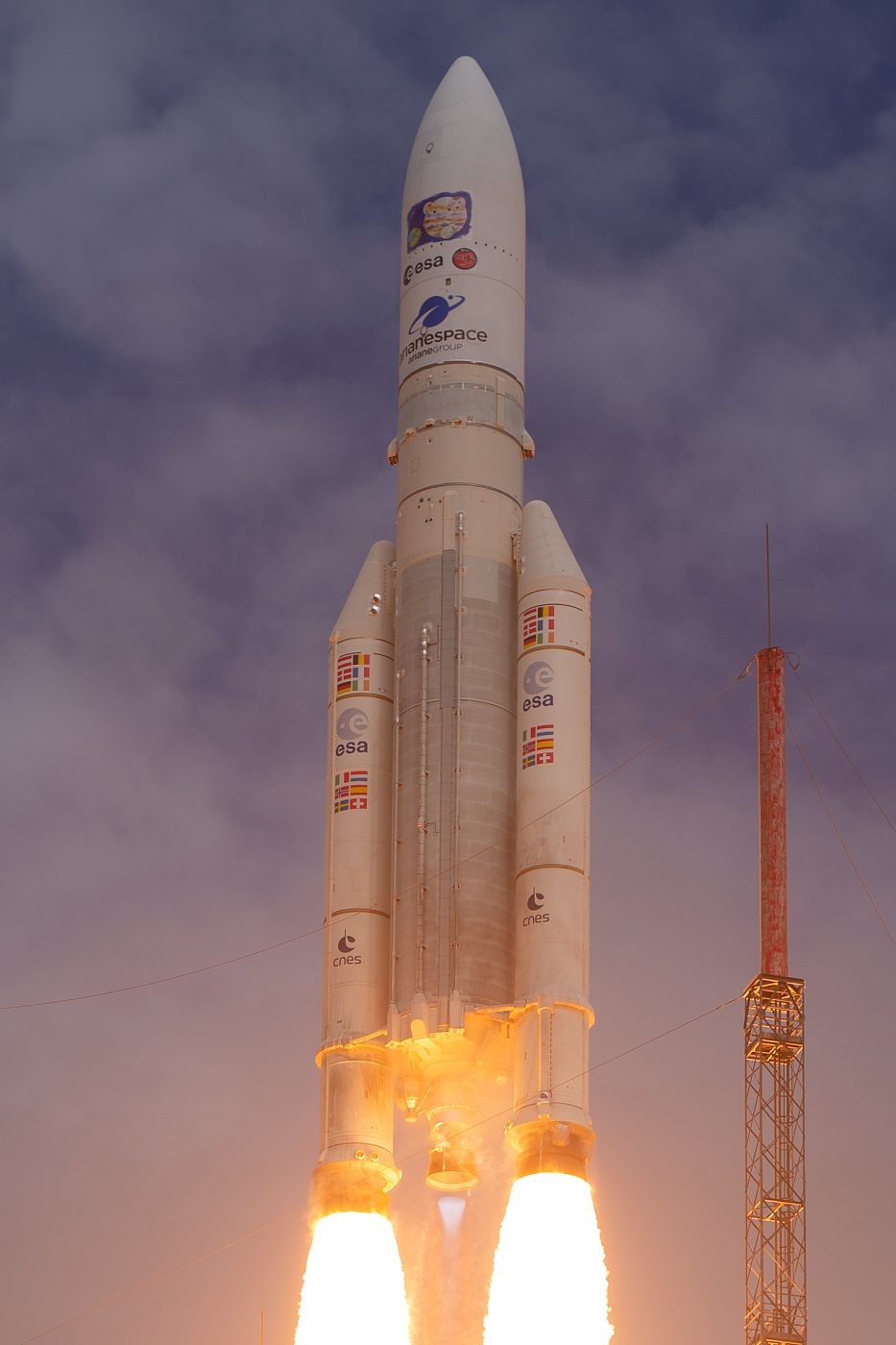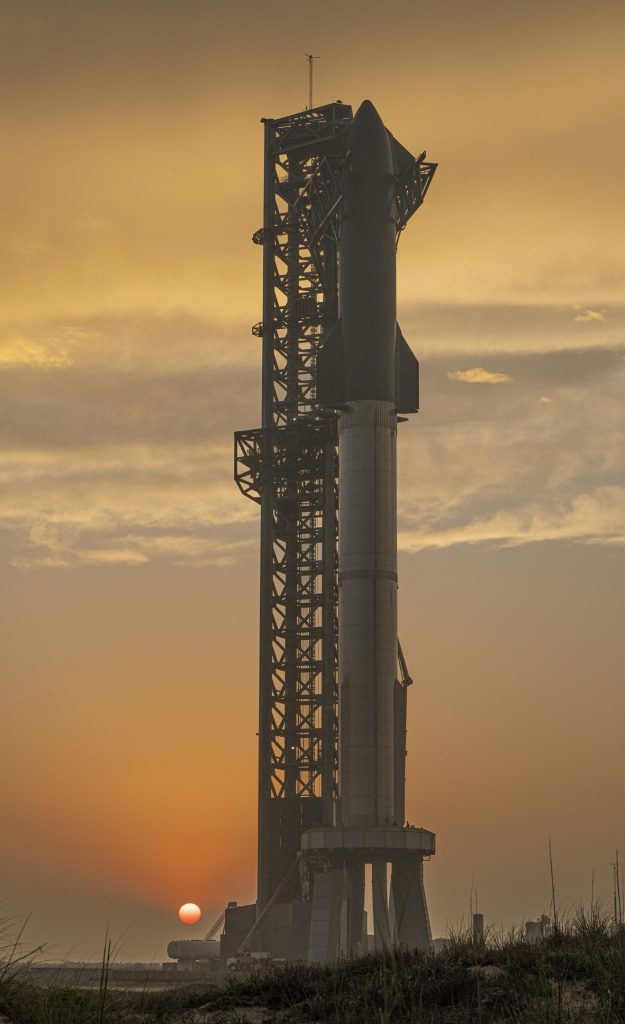Welcome back to Spaceflight Insight: your weekly dose of digestible space news.

On April 14th the European Space Agency launched the Jupiter Icy Moons Explorer (JUICE) on an Ariane V rocket from their launch site in French Guiana. At 5:14 pm PST the rocket ignited its two solid rocket motors and its main engine to lift the van-sized satellite to space.
The JUICE probe is a satellite that will visit the three icy moons of Jupiter to further understand these moons that may be full of under-surface liquid water.
In July of 2031 JUICE will arrive in Jupiter’s system where it will enter several highly elliptical orbits.
In July of 2032 JUICE will fly close to the surface of Europa to collect valuable data on the moon’s contents.
In December of 2034 JUICE will enter a low orbit around the moon of Ganymede where it will remain until it runs out of fuel. Once the fuel supply is spent the spacecraft will crash into the surface.
Our next story comes from the Vandenburg launch site in California.
On April 15th a SpaceX Falcon 9 rocket launched the Transporter 7 mission carrying more than 50 small “cubesats”.
SpaceX procures these missions to compete with small satellite launchers. Instead of a singular small rocket carrying a small satellite, SpaceX sells cheap tickets for small satellites on one large launch. While these missions don’t allow each satellite to have a unique orbit, they are a cheaper alternative to the normal small satellite launch market.

Finally for this week of space news we look to Starbase Texas where SpaceX has been developing the world’s most powerful rocket.
The Starship Super Heavy launch vehicle is a fully reusable launch vehicle that is being developed to help bring humanity to the Moon, Mars, and beyond. The huge first stage has 33 raptor main engines. This massive first stage will be caught by a pair of mechanical arms attached to the launch tower.
The second stage called Starship is a cargo and crew vessel that lands in a very unconventional propulsive way.
On April 14th the FAA gave a launch license to SpaceX to allow them to launch rockets from their launch site for the next 5 years.
This launch license was the last step that was needed before they were allowed to launch Starship for the first time. On April 18th SpaceX attempted to launch the Starship vehicle at around 5:30 am PST but canceled the launch attempt because of a leaky valve on the first stage. SpaceX is targeting a launch on April 20th.
According to tweets by Elon Musk, the probability of this launch going smoothly is extremely low. Although the rocket launch may not be without problems, the data collected this mission will allow the SpaceX team to improve the rocket’s design.
I hope to make these digestible bits of spaceflight news better, so If you have any aerospace questions or some feedback, don’t hesitate to let me know. Contact me at codyeutsler@gmail.com.
As always, fly safe.




